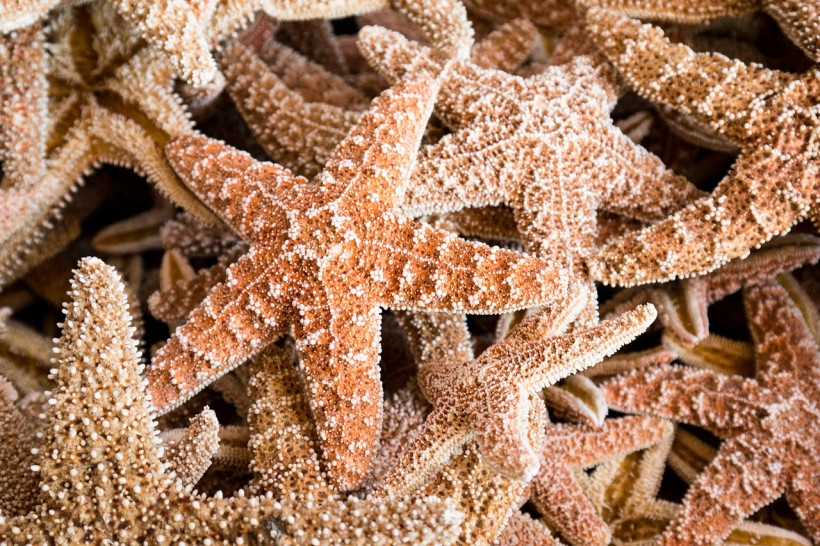Scientists are still perplexed by an ancient three-dimensional star-shaped fossil that was first discovered more than a century ago. In 1896, the unidentified whatchamacallits were discovered in 500-million-year-old bedrock in the southwestern United States.

Ancient 3D Star-shaped Fossil Still Baffles Scientists a Century After Its Discovery, Might Not Be a Living Thing After All
Bizarre Starfish-shaped Fossils
According to Science Alert, the fossils are round with radial lobes extending outwards like a starfish or bicycle spokes. At the same time, archaeologists thought that they were the remains of ancient tentacled jellyfish, a lineage of animals that date back at least 890 million years. They named it Brooksella alternate, which became a catch-all term for every Brooksella-like item discovered.
This Strange Ancient 'Fossil' May Not Have Been Left by Any Living Thing https://t.co/f4wat2DIIv
— ScienceAlert (@ScienceAlert) February 24, 2023
More than a century ago, the Smithsonian Institution invited Charles Doolittle Walcott to investigate peculiar star-shaped fossils with lobes from Alabama's 514-million-year-old Conasauga Formation.
These strange fossils were characterized by Walcott as jellyfish that presumably swam in the middle Cambrian waters of what is now the southern United States. He had no idea that the Cambrian fossil he named would spark a century of debate.
Sally Walker from the University of Georgia explains that the Brooksella intrigued paleontologists alike as this 3D shape looks like a starfish or star-shaped puffed pastry, which is unusual for soft-squishy animals like the sponge.
She added that a sponge usually gets flattened during the fossilization process, especially if it is over 500 million years old. Also, scientists have been baffled by the fact that nobody inspected Brooksella's habitat and orientation. Walker said that, if scientists did, they would have found that the majority of its lobes were oriented downward, creating more mystery as it does not make sense for a sponge to eat mud.
READ ALSO: 120 Million-year-old Fossil Proves Dinosaurs Ate Mammals, Debunking Previous Theories
What Is This Fossil?
The press release reports that the debate centered on the interpretation of what Brooksella genuinely was. Was it a jellyfish vital for middle Cambrian marine ecosystems, a time when organisms were starting and diversifying for the first time on Earth? Was it simply preserving gas bubbles? Or was it some kind of bulbous algae? Maybe an opaline silica glass sponge?
Researchers have thrown another suggestion in which they said that the fossil has no living origins. Using high-resolution 3D imaging and chemical analysis, they found that it is a "pseudofossil," which means it is not a sponge as it is often assumed to be. Rather, it is an uncommon kind of silica that naturally occur and possess the ability to fuse into spherical, cubical, or hexagonal shapes.
The team said that the Brooksella lacked glass sponge properties, especially the opaline-fused spicules that make up the body. Also, it did not show any signs of being expanded like those in sponges. There are no signs as well that worms made the icon star-shaped lobes.
But when compared to the properties of silica concretions from the middle Cambrian rock beds, they found that it has a similar composition and internal instruction. Therefore, they concluded that Brooksella was not part of early sponge diversification, but it was an unusual type of silica concretion.
RELATED ARTICLE: Oldest-known Caecilian Fossils Fill a Historical Gap in the Historical Record of the Amphibian-like Animal
Check out more news and information on Paleontology in Science Times.



![Earth's Quasi-Moon Kamo‘oalewa Could Originate From Lunar Surface Not Asteroid Belt [Study]](https://1721181113.rsc.cdn77.org/data/thumbs/full/53275/89/56/50/40/earths-quasi-moon-kamo-oalewa-could-originate-from-lunar-surface-not-asteroid-belt-study.png)










